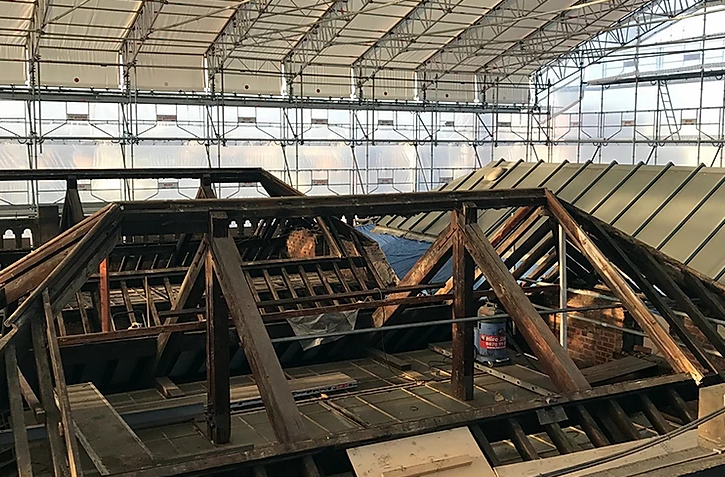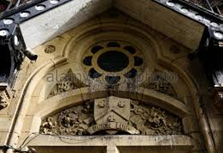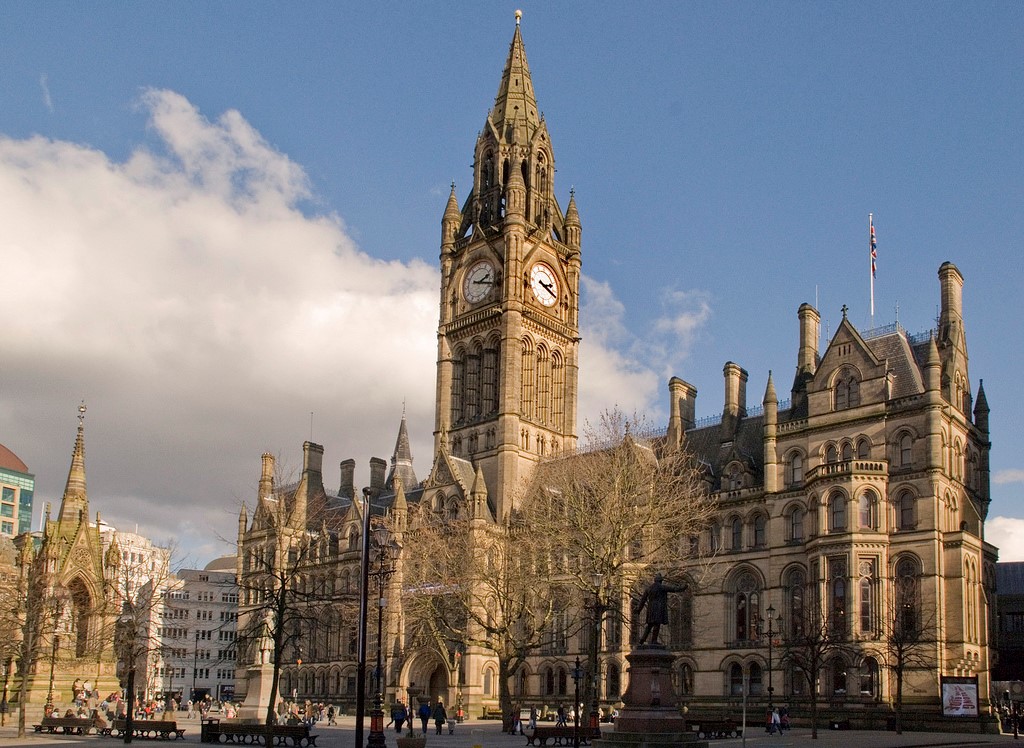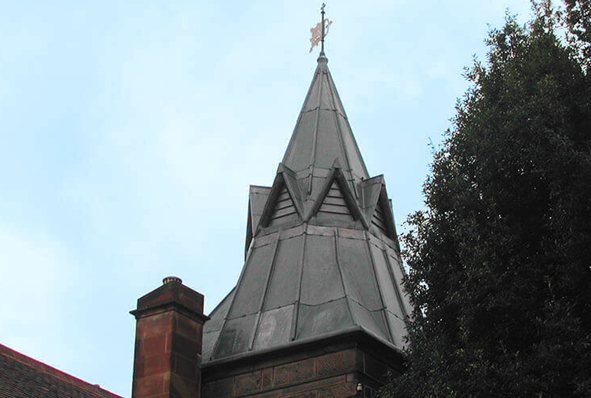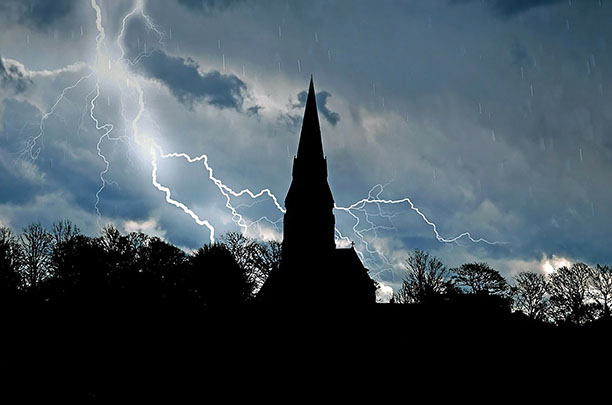Heritage Roofing
Heritage roofing - maintaining our iconic buildings
The UK is home to some of the most iconic buildings in the world, from stunning churches and cathedrals to historic stately homes. Each and every one of these remarkable feats of architecture requires regular maintenance to ensure they remain in the very best condition, allowing them to be enjoyed for generations.
Cathedral Care
Restoration and upkeep of cathedrals
There are some 42 Anglican cathedrals in the UK, not to mention 20 or so Catholic cathedrals. Cathedrals form the most important collection of historic buildings in England. The largest and most ancient are internationally famous, the smallest are usually among the most significant buildings in their region and even the most recent are architectural masterpieces.
Master Craftsmen
Championing our heritage with modern craftsmanship
Twenty years ago, English Heritage (now Historic England) published its first-ever Register of Buildings at Risk across England, which featured nearly 2,000 buildings and monuments that were ‘neglected, broken and unloved’. Recently Historic England was delighted to announce that over two-thirds of those buildings were now safe, in both urban and rural areas right across the country.
Traditional Lime
Lime: it’s better for buildings – and for the environment
It is now fairly well known that cement is not good for old buildings and that lime mortar should be used. But why? What are the advantages and what are the disadvantages? In order to begin to answer those questions it is necessary to understand the nature of traditional building, the process by which buildings used to be built, and how it differs from modern construction, the process by which we build today.
Audio Visual
Audio visual equipment in church buildings
This guidance is issued by the Church Buildings Council under section 55(1)(d) of the Dioceses, Mission and Pastoral Measure 2007. As it is statutory guidance, it must be considered with great care. The standards of good practice set out in the guidance should not be departed from unless the departure is justified by reasons that are spelled out clearly, logically and convincingly.
Read More...
CRE Events
After the Midlands, onward to Milton Keynes
"CRE Midlands reminded me of the giddy days when it first began – the venue was packed with exhibitors and visitors and there was a busy atmosphere. The whole thing looked great."
Insurance
You need to ensure that reasonable precautions are in place at your church to keep it safe for those who use it. To do this, you need to think about what might cause harm to people.
You will then need to decide if the precautions already in place are adequate. If they are not, you may need to identify further action to prevent any danger. When done formally, this is known as a risk assessment.
Church Maintenance
Church maintenance and repair: Calendar of Care
Just as prevention is always better than cure, maintenance is preferable to major repairs. But, such repairs may not always be avoidable. Church Care offers a monthly guide in our coming issues Starting in Spring
We can help you understand the common problems and areas that need your special attention, and give you tips for regular maintenance schemes.
Pest Control
Michael Palin warns of pest threat to churches
Michael Palin is supporting the future of the UK’s historic churches and chapels with a voiceover for a new animated film. The 80 second animation, produced for the National Churches Trust, highlights why churches are some of the nation’s best loved buildings.
Town Halls
The history of the great Victorian Town Halls of Northern England
From industrial squalor to civic pride, the story behind some of the most impressive buildings of the North involve a unique mix of economics, grand designs and noble sentiments within communities.
Lead Roofing
Lead is one of the oldest materials in the roofing industry and is still commonly used throughout the world today.
Lead roofing is a traditional roofing method which has been used in the industry for hundreds of years, and is therefore proven to be extremely reliable. Lead roofing, and sand-cast lead, in particular is ideal for old buildings such as churches or historical renovations, whereas milled lead roofing is a mass-produced alternative, used for precision and accuracy in homes and commercial buildings alike.
Lightning Protection
When lightning strikes are you protected against this act of God?
The issue of lightning protection in churches is one that has exercised this publication for many years. In this four-part series of spotlights on the issue we will be revisiting various aspects of the subject, beginning with an overview of current thinking.
SEARCH OUR DIRECTORY
Somewhat of a specialist in ‘peculiar’ churches
Leicester restoration specialist Norman & Underwood has a long history of carrying out prestigious contracts to repair the roofs of Westminster Abbey. In three phases from 2004 to 2006 the company replaced the lead on the abbey’s south aisle roof and carried out restoration works to the south east triforium roof. In both cases major timber repairs were also carried out.
The company first undertook work on the abbey during the 1920s and has since helped replace the lead of the nave roof during the 1950s and the famous west towers in the 1990s.
With that history the company was particularly proud to be awarded the contract to restore the lead-clad cupola that stands on top of the tower of St Margaret’s, Westminster, which is a deceptively large church but dominated by its surrounding landmark buildings, being sandwiched between the abbey’s north transept and the Houses of Parliament.
The 11th century church of St Margaret of Antioch is of international architectural significance and was built for the local population when the abbey church was exclusively used by its Benedictine monks. Toward the end of the 15th century the church had become so dilapidated that it was almost totally rebuilt between 1482 and 1523. Further restorations in 18th, 19th and 20th centuries have left the structure substantially unchanged. Throughout most of its history it has remained under the governance of the Dean and Chapter of Westminster and shares the abbey’s ‘royal peculiar’ status.
Although not a parish church it is also known as ‘the parish church of the House of Commons’, with connections dating back to 1614.
The roof is of considerable archaeological interest; the existing roof has 19th century repairs but may contain reused elements from the 16th century roof.
The tower, which is effectively a freestanding structure attached to the west end of the north aisle, was largely rebuilt in the 1730s and is an important example of early 18th-century Gothic. It has a ring of 10 bells.
The description of the works was very brief: “Remove and renew lead covering to cupola and tower roof. Strip (taking templates of ornate mouldings etc for re-use on new leadwork), recast and re-lay the whole of the lead work to the cupola and to the tower roof below. The new lead to be Code 8 Norman & Underwood sand-cast sheet lead laid in accordance with current Lead Sheet Association guidelines.”
However, the technical complexity and level of craftsmanship required to restore the cupola made it a challenge even for a company of Norman & Underwood’s heritage.
Skilled leadworkers Kim Logue, Shaun Doyle and Noel Porter were the key members of the restoration team – all Norman & Underwood trained craftsmen with a total of 28 years of service between them.
The cupola is an octagonal structure some 6m high and 2m across, sitting on four stone plinths in the roof of the tower, surmounted by a flagpole. The lower half of the cupola is formed by eight lead-clad oak columns surmounted by eight lead-clad curved oak ribs, terminating in the flagpole button. The flexing of the heavy wooden flagpole over the years had caused the lead covered ‘button’ at the apex of the cupola to leak, which in turn had caused rot in the oak timbers which form the structural framework of the cupola.
Access and the provision of safe working platforms around the cupola meant that a fully counterbalanced, braced and self-supporting scaffold was required with a materials hoist.
Having stripped the old lead and replaced three of the curved oak ribs which had suffered water damage, the restoration team commenced work at the base of the cupola and then formed the eight lower ‘bullnose’ mouldings, each some 300mm high, plus the ‘upstand’. The leadwork was formed in sections and burnt in the corners.
Work then began on cladding the eight columns and the clover-leaf arches. Following that the upper 450mm ‘bullnose’ mouldings were formed, the eight ribs were clad and the flagpole base formed. Finally the 1m diameter button, plus associated ‘bullnose’ detail, was formed, thus providing support for the new lightweight fibreglass flagpole.
Darrell Warren, Norman & Underwood’s roofing director, commented: “It is always very exciting for us when we are successful in winning such prestigious contracts on these iconic buildings. The cupola in particular offered many challenges for our craftsmen and I am pleased to say they came through with flying colours. It gives us great confidence in our training methods that a young man such as Kim Logue (Kim is 24) can orchestrate his team to execute leadwork to this very high standard. It is a pleasure to be involved with a roofing team that show such dedication and pride in their work.”
Norman & Underwood is renowned throughout the UK for using traditional sand-cast lead in the major restoration of many historic buildings, including Canterbury Cathedral, Salisbury Cathedral, Chatsworth House and Dorchester Abbey.















